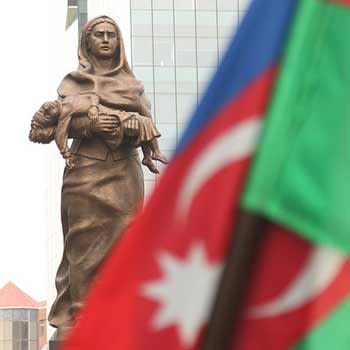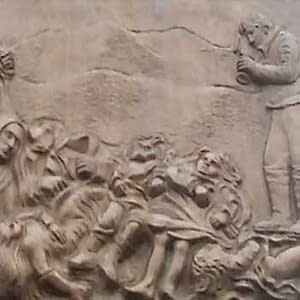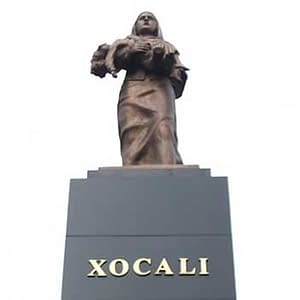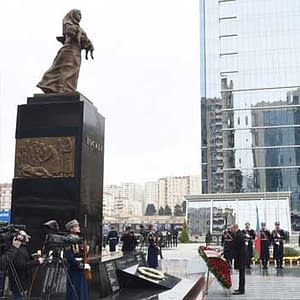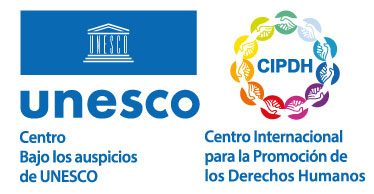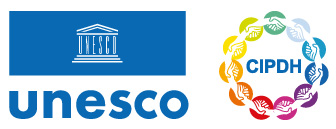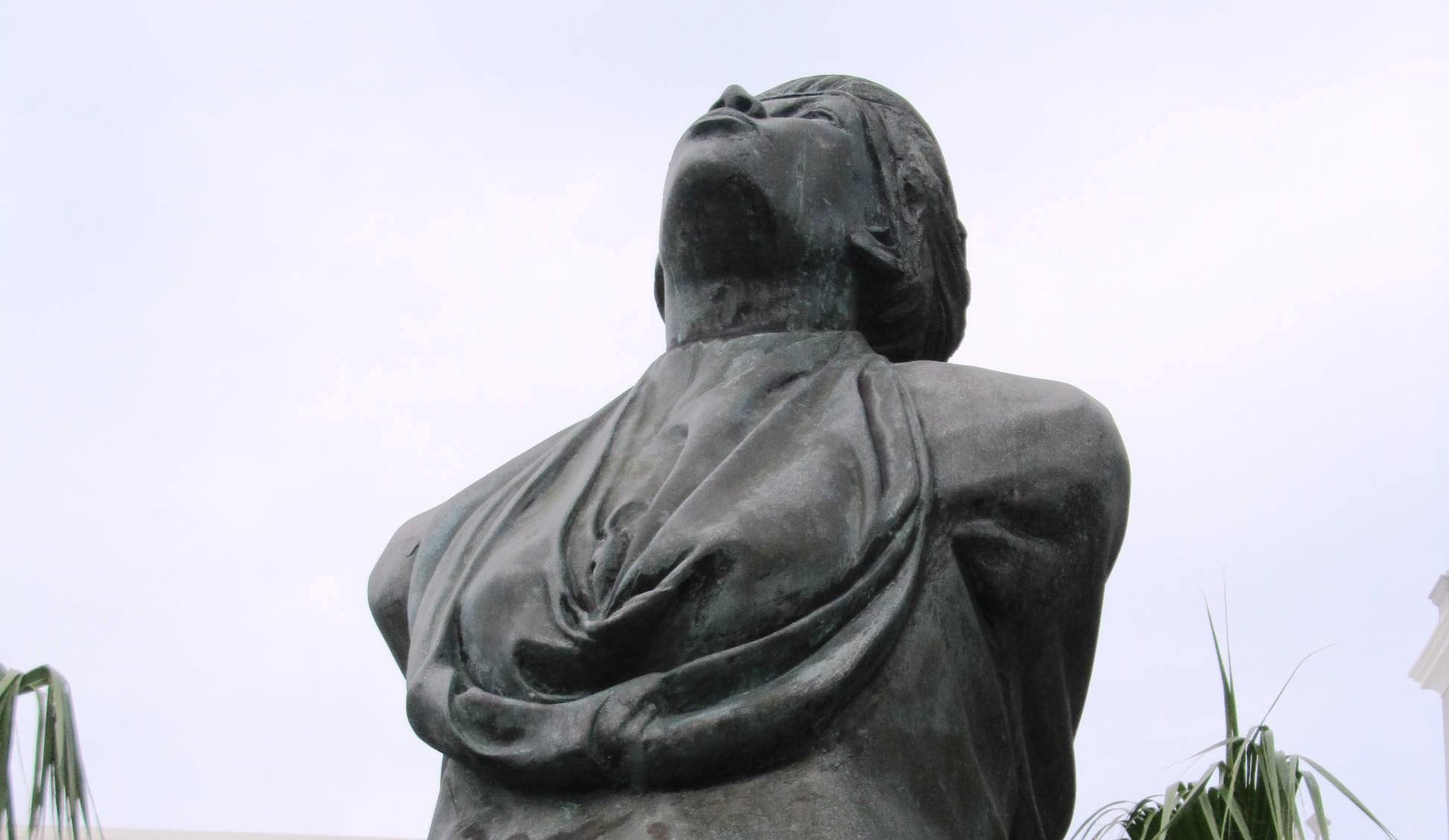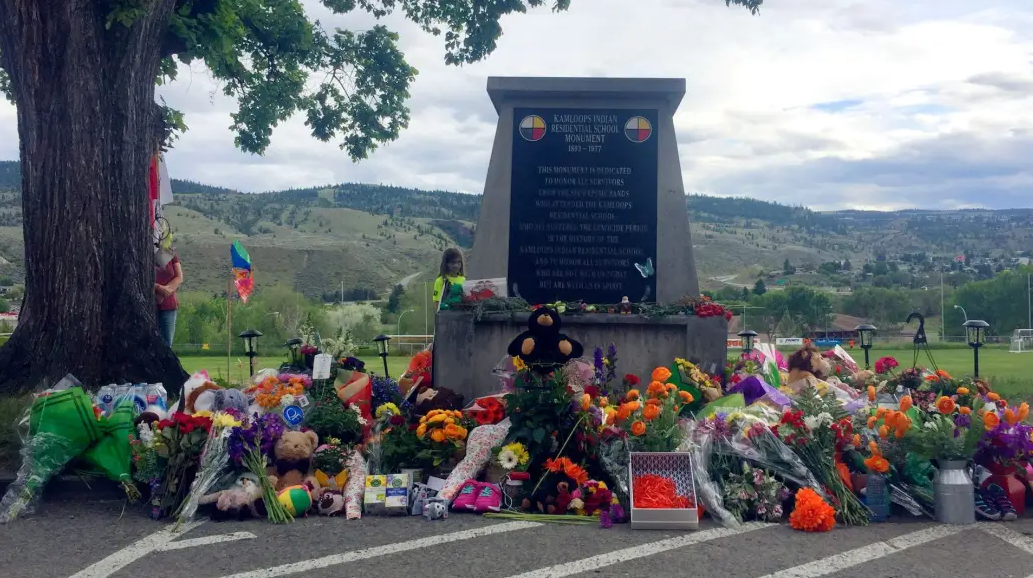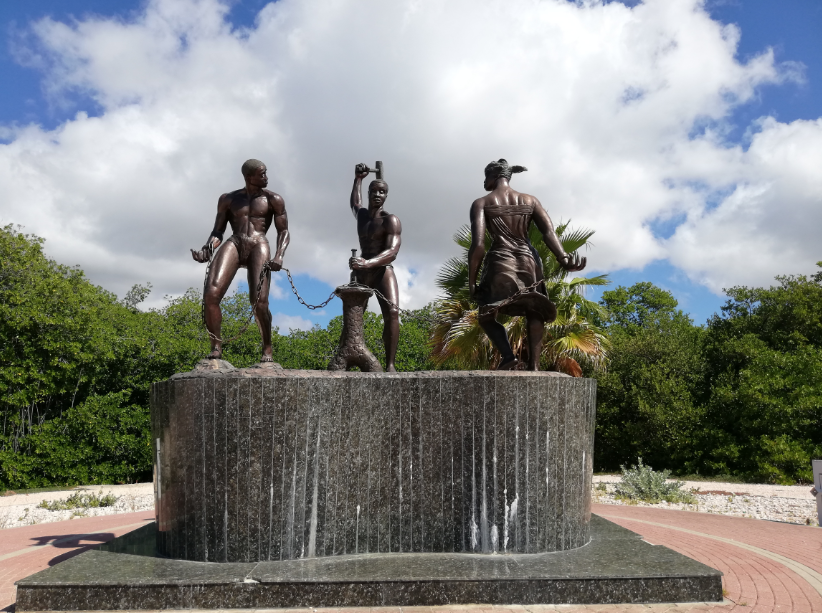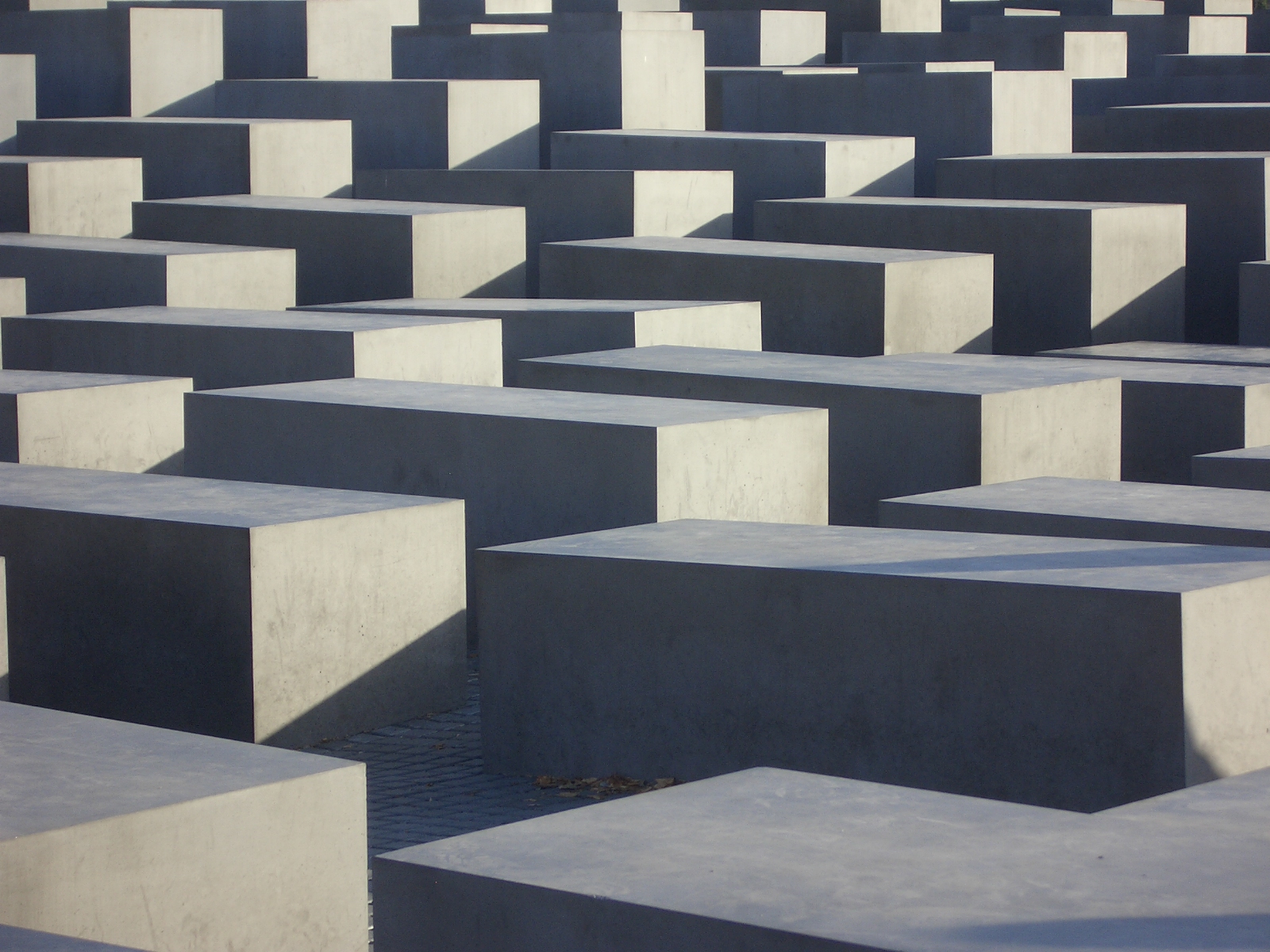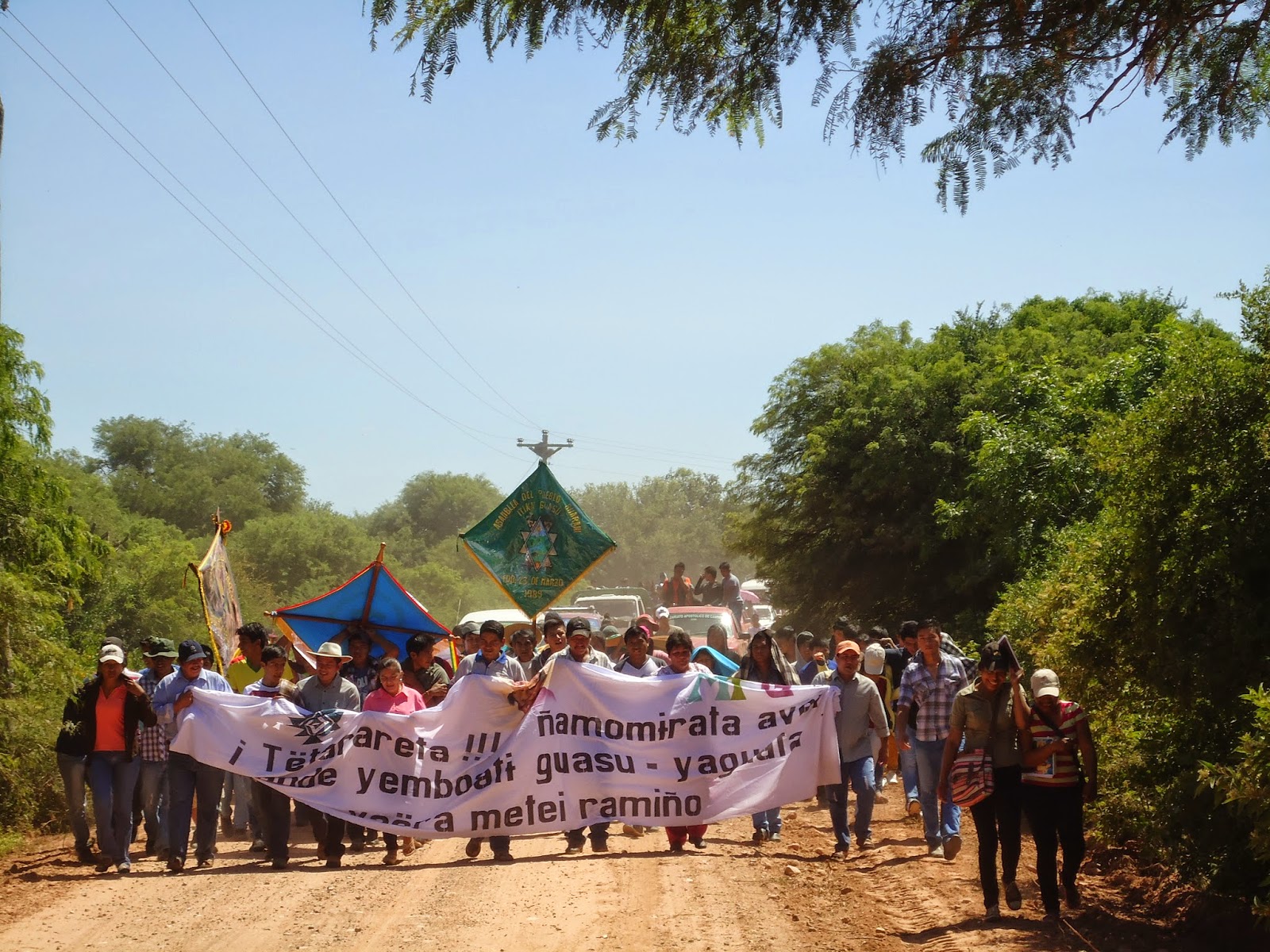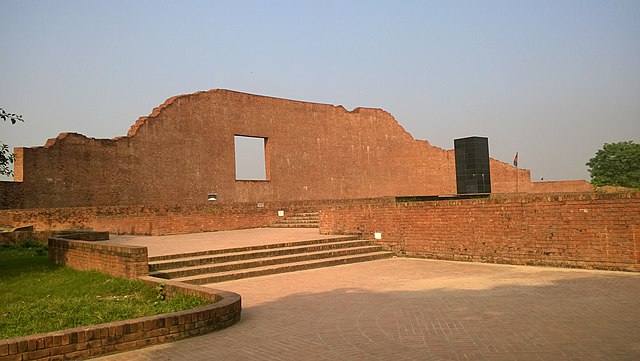The Cry of the Mother
Monument
Theme: Armed conflict

Address
(Es) Khojali Avenue
Country
(Es) Azerbaiyán
City
(Es) Bakú
Continent
(Es) Asia
Theme: Armed conflict
Purpose of Memory
To honor Azerbaijanis who died in the massacre that occurred in the city of Khojaly on 25 and 26 February 1992 in the context of the war between Armenia and Azerbaijan (1988-1994).
Known Designation
The Cry of the Mother
Date of creation / identification / declaration
2008
Public Access
Free
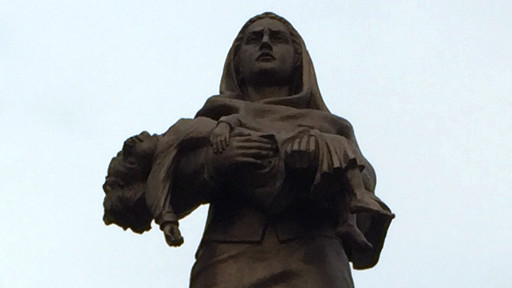
Location description
The Cry of the Mother is located in the city of Baku, capital city of the Republic of Azerbaijan, and was inaugurated to the public on 26 February 2008, on the 16th anniversary of the Khojaly massacre. The monument is made of bronze and black granite and it consists of a pedestal of 5.4 meters and a sculpture of 3.2 meters on top. The sculpture shows a mother, wearing a nightgown (as a symbol of being forced to leave her house) and holding a dead child close to her chest. The bas-reliefs of the pedestal represent women, children and old people who were killed during the massacre and the journalist that recorded and documented the scenes himself, Chingiz Mustafayev, holding a camera and bending over the body of a dead child. At the bottom of the pedestal there is a list with the names of the victims and the words “soyquirim” (which means “genocide” in Azeri) and “genocide” on the front.
Since the end of the 80’s, ethnic and religious tensions in the Soviet Union began to unveil an unstoppable violence. Some past isolated conflicts between Armenia and Azerbaijan led to an open war in 1988. The war started after several protests held by the people of the Nagorno-Karabaj region who were claiming for it to be part of Armenia. This region divides Armenia and Azerbaijan and both countries claimed it as their own. By 1923, the Soviet Union had taken control of the region, thus creating an administrative unit known as Nagorno-Karabaj Autonomous Region in Azeri territory. However, most of the people were Armenian.
In November 1988, 130 Armenians were killed by Azerbaijanis in the Kirovabad pogrom; in February 1992, fifty Azerbaijanis were murdered in the massacre of Garadaghly; two months later, more than forty Armenians were murdered in the Maraga massacre. On the night of 25 and 26 February 1992, one of the worst massacres occurred outside Khojaly. The only airport in the region was located in this city, which had therefore been blocked and suffered continuous bombings. When the city was about to be taken by Armenian forces, Azerbaijanis who still lived there tried to escape using the safe corridors that had been opened by the Armenian Army. Within the lines Azerbaijani fighters were retreating and as they approached the Armenian forces, the latter began their attack supported by part of the Russian Army which had joined the different armies of the region after breaking up upon the fall of the USSR. Those who escaped went to the mountains where they were captured or died due to the low temperatures. About 613 people died and about 1,000 were mutilated and 1,275 were taken captive. Up to date, no one knows what happened to about 150 people.
The Nagorno-Karabaj war lasted six years (1988-1994) and when it ended, the death toll was of about 30,000 people, counting both sides.
One year after the end of the massacre, on 26 February 1993, a monument called in Azerbaijani “Ana Harayı Abidəsi” (The Cry of the Mother) was erected in Baku to honor the victims of the Khojaly massacre committed by the Armenian Forces. Although it was erected by initiative of the Executive Power, the funds were private.
Fifteen years later, on 26 February 2008, the Executive Power decided once again to erect a new and bigger monument, which would keep the name and would represent the same pain, though with some sculptural differences.
The former monument showed a young woman holding her murdered child and represented a cry of help, pain and horror in the context of the tragedy. She was depicted barefoot, with her dress moving, as if she had escaped from the city and had gone through the woods and spent the night under the snow and frost. Instead, in the current monument, the murdered child is held close to the mother’s chest, thus symbolizing surrender and helplessness. She is depicted still, wearing a nightgown and a headscarf, and her feet cannot be seen.
Despite some of its characteristics have been changed, The Cry of the Mother is known worldwide and every 26 February hundreds of Azerbaijanis march towards the monument. Relatives of the victims participate in this ceremony, where they claim for justice. Members of the Azerbaijani Government and officials of other countries that acknowledge the massacre and support the claims of the Azerbaijani Government also participate in this ceremony. People attending this ceremony march with signs and flowers that are laid in the monument.
Other monuments have been erected as a result of the claims of the Azerbaijani communities established in different countries and supported by the Azerbaijani State. In 2008, a monument was erected in The Hague, in 2011, another one was erected in Berlin and, in 2012, other ones were erected in Sarajevo and in Mexico City. Meanwhile, in Turkey, three monuments were erected: in Ankara (2014), in Izmit (2015) and in Izmir (2016).
In 2008, the Coordinator General of the Organization of Islamic Cooperation launched an international campaign to raise awareness called Justice for Khojaly. It is aimed at raising awareness of the massacre as well as the causes and consequences of the Nagorno-Karabaj conflict between Armenia and Azerbaijan. The campaign, which is still ongoing, is also aimed at honoring the victims and keeping their memory alive, supporting the survivors and their families. Exhibitions, demonstrations, contests, conferences, seminars and similar activities are the tools through which they promote their goals, in addition to using social networks.
